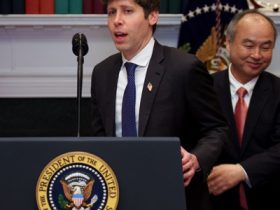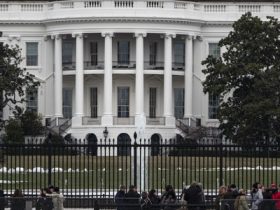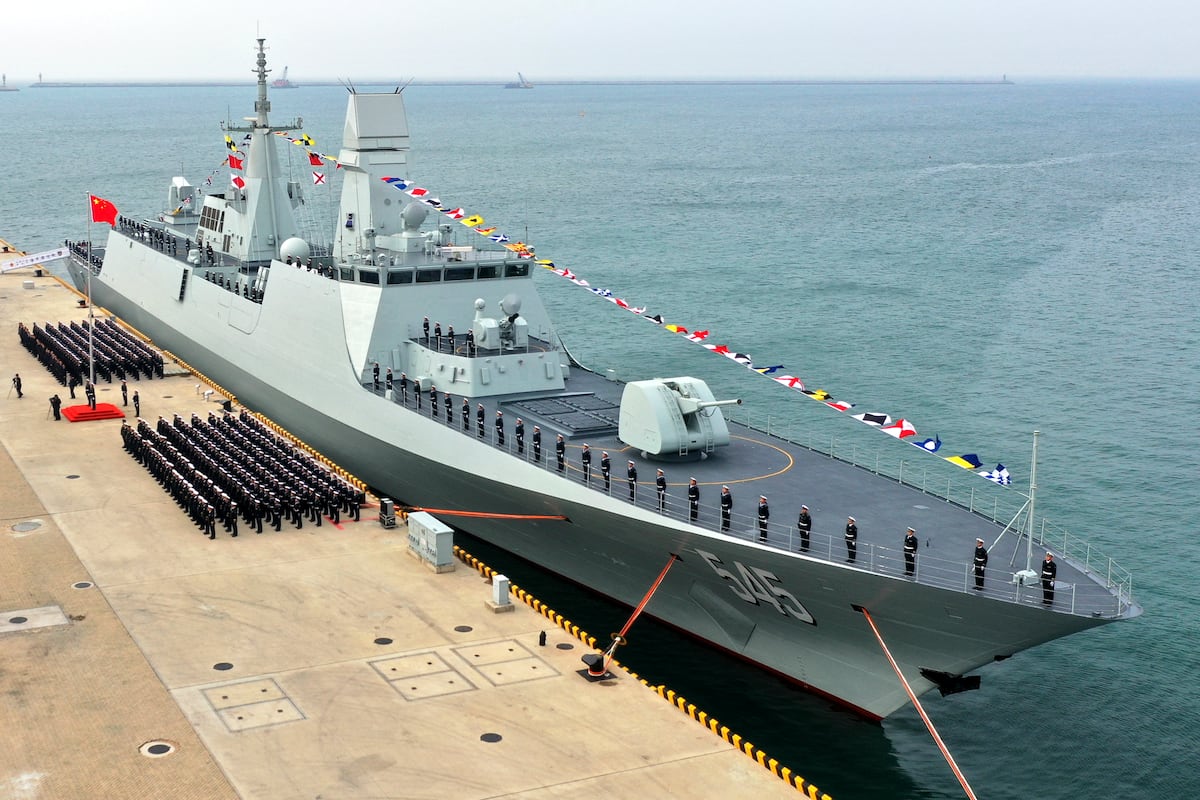The Department of Defense budget is growing, and the DOD is spending more money in novel industries and nontraditional areas than ever before. To ensure the DOD spends smartly in this new environment, Congress should authorize a chief economist to keep the DOD thinking about the dollars and cents of it all.
Since 2000, the DOD has spent more than $15 trillion dollars and has an anticipated budget of more than $900 billion for fiscal 2025. The DOD is the world’s single-biggest purchaser of bulk fuel, the largest employer on the planet with 3.4 million combined civilian and service members, and one of the largest health care providers in the world. The institution manages $3.8 trillion in assets that includes a 26 million-acre real estate portfolio and over 4,800 sites that can be found in every U.S. state and over 160 countries. The DOD’s budget ranks it as the 20th largest GDP in the world, ahead of countries like Switzerland, Poland and Taiwan.
Despite the immense scale of economic complexity managed and notable efforts in recent years to become a more versatile and active market participant, there is still a critical component missing to help this financial colossus better understand and improve its business dealings in an era of great power competition: a chief economist.
The DOD benefits from specialized staff members at all levels, with expertise in acquisitions, finance, health care, policy, intelligence, information technology and engineering. There are even a number of professional economists supporting smaller offices, such as the Investments & Economic Analysis team under the Office of the Under Secretary of Defense for Acquisition and Sustainment (USD A&S), the Office of Commercial and Economic Analysis within the Air Force, and the Cost Assessment and Program Evaluation.
While most of these specialties are naturally reflected in the senior-most ranks of the department, the role of chief economist is noticeably absent among them. This absence is made even more prominent by the fact that various other federal agencies like the Department of State (DOS), Department of Agriculture (USDA) and even U.S. Agency for International Development (USAID) all have a chief economist.
Although DOS, USDA and USAID manage only 4% of federal budgetary resources — compared to the DOD’s 14.7% — few would question their need for a chief economist when reflecting on some of their core responsibilities: DOS must understand the economic posture of countries around the world to monitor international conditions and negotiate balanced foreign policies; USDA must carefully watch resources and pricing dynamics to identify potential disruptions in critical food supply chains; and USAID must identify where aid-based interventions are necessary and assess how successful those interventions have proven to be. Meanwhile, the DOD must perform substantially similar duties (albeit in a different context) while also managing a much broader set of operational, technical, logistical, financial and administrative tasks to meet its strategic objectives.
Whether it’s highly specialized components destined for a $102 million F-35 fighter jet or a $13 billion Ford-class aircraft carrier, cloud servers that will form the backbone for JADC2, uniforms necessary to equip service members for duty, traditional materials like copper used to produce munitions or the scores of more exotic minerals deemed critical to defense needs, the DOD consumes vast amounts of goods both directly and indirectly. All of these goods are affected by complex interactions between energy production, commodity pricing, component manufacturing, systems integration, labor policies, FX fluctuations, inflationary pressures and any number of related economic variables. At scale and over time, such interactions can have a profound, compounding impact on the DOD’s ability to moderate its consumption of resources and maintain productive relationships with the vendors who provide them.
Tracking, analyzing and forecasting these economic dynamics takes on even greater importance in the face of an evolving definition for asymmetric warfare and under the pressure of time and cost overruns in Major Defense Acquisition Programs. Indeed, the DOD recently issued its first-ever National Defense Industrial Strategy, which includes the key priorities of building resilient supply chains, ensuring workforce readiness, establishing flexible acquisition processes and exercising economic deterrence against adversaries. The creation of a chief economist to work in coordination with other senior leaders like USD A&S and the comptroller is a logical next step toward implementing that strategy.
While the introduction of any new executive roles or organizational components should not be taken without thoughtful consideration of the long-term costs and bureaucratic implications, the relatively small action of creating an Office of the Chief Economist within the Office of the Secretary of Defense would, by definition, help the DOD spend more efficiently, manage resources more effectively and ultimately wield the full weight of its market power in a more productive manner. The opportunity gain produced can, in turn, have a truly positive and outsized impact from the DOD level down to service members and back to the American taxpayer.
As the saying goes, it’s common sense to care about dollars and cents.
David Rader is the former deputy director of Global Investment and Economic Security at the Department of Defense.
Adam Papa has extensive experience as a technology and national security professional, including experience as a deep-tech VC investor, NATO international staff member, McKinsey consultant, CFR term member and policy researcher at the Harvard Belfer Center.
Read the full article here








Leave a Reply